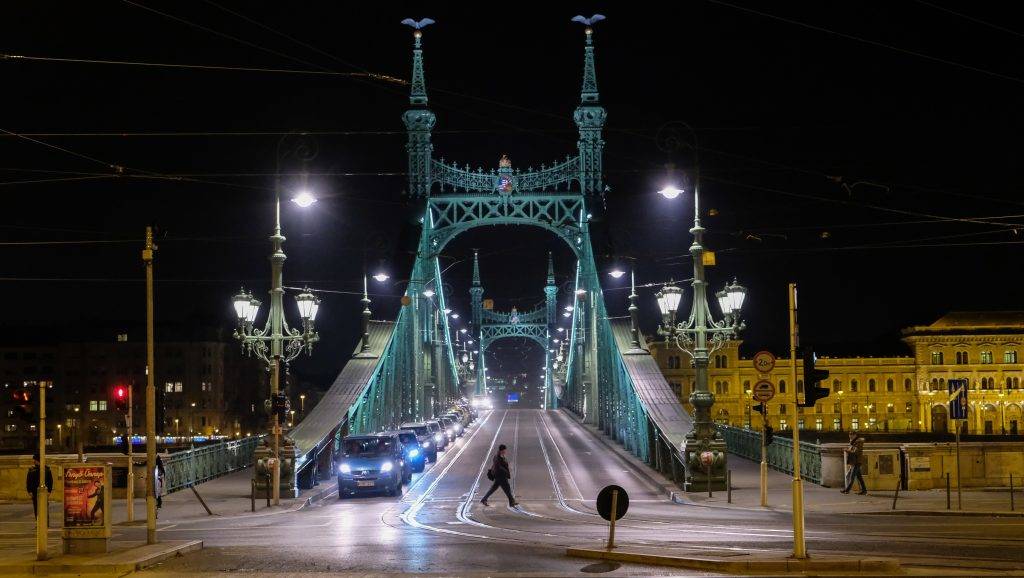Az Instagramon futottunk bele Mr. Fopa egyik grafikájába, amin egy súlyemelő látható.
A képet egy hónappal ezelőtt töltötte fel oldalára, a leírásban pedig öt tippet is elárul a követőinek. Ezeket most mi is megmutatjuk, hátha nem tudtátok.
- Korábban Ferencz József hídnak is hívták. 1894 és 1896 között épült és 333 méter hosszú.
- 2009-ben újították fel, akkor kapta meg a zöld világítást is. A pesti oldalon található a Corvinus Egyetemen és a Vásárcsarnok, a budain pedig a Gellért Hotel és a Gellért-hegy.
- Két villamos is jár rajta (47 és 49), amik ráadásul a Deák térről indulnak, így a városközpontból elég könnyedén lehet eljutni oda.
- 1945 januárjában ezt a hidat is felrobbantották a menekülő nácik.
- A Szabadság nevet 1946-ban kapta, amikor a magyarok azt hitték, a szovjetek nemsokára elhagyják az országot.
Kiemelt kép: Getty Images/Marco Secchi



